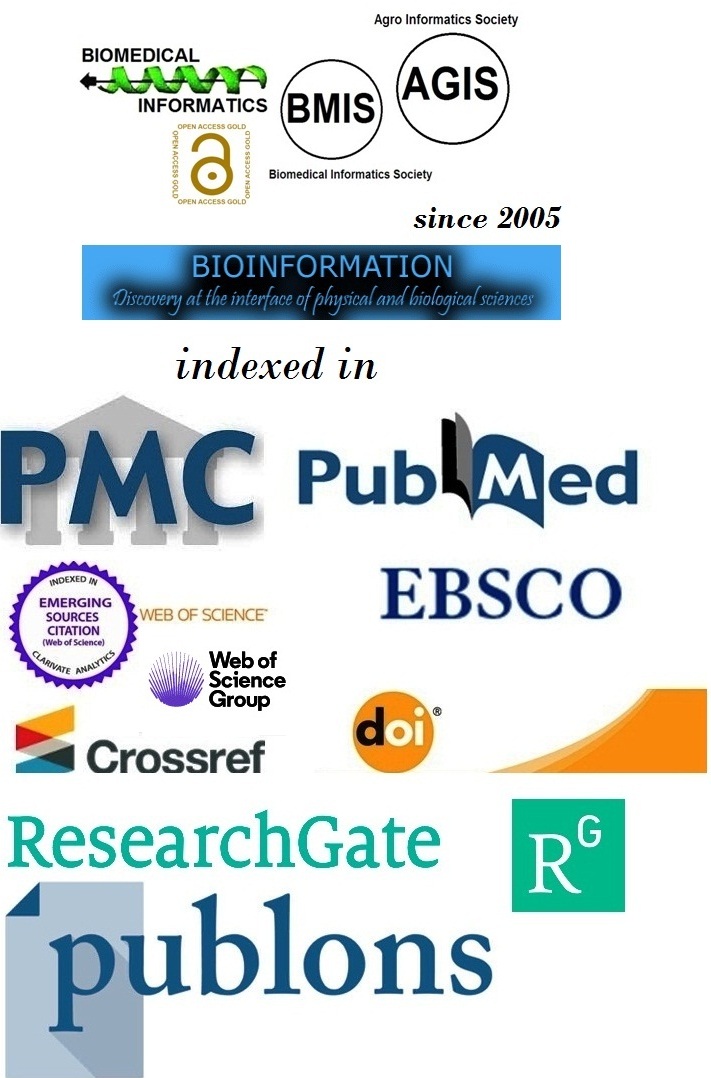Title
Sepsis in obstetrics score: Predicting morbidity among antenatal and postnatal women
Authors
Rubina Dohare1, Somlina Roy2, Avneesh Arya3 & Sachin Parmar4,*
Affiliation
1Department of Obstetrics and Gynaecology, Government Medical College Datia, Madhya Pradesh, India; 2Department of Obstetrics and Gynaecology, Amaltas Institute of Medical Science, Dewas, Madhya Pradesh, India; 3Department of Surgery, Government Medical College, Datia, Madhya Pradesh, India; 4Department of Community Medicine V.K.S. Government Medical College, Neemuch, Madhya Pradesh, India; *Corresponding author
Rubina Dohare - E-mail: 9164838934rubina@gmail.com
Somlina Roy - E-mail: somlina06@gmail.com
Avneesh Arya - E-mail: avneesh92@gmail.com
Sachin Parmar - E-mail: dr.sachinparmar@gmail.com
Article Type
Research Article
Date
Received July 1, 2025; Revised July 31, 2025; Accepted July 31, 2025, Published July 31, 2025
Abstract
Maternal sepsis is a leading cause of morbidity and mortality worldwide, with a significant impact in resource-limited settings like India. The Sepsis in Obstetrics Score (SOS) has been validated as an effective tool to predict intensive care needs in obstetric sepsis. This prospective observational study, conducted at Gandhi Medical College, Bhopal, from January 2021 to June 2022, included 225 antenatal and postnatal women meeting two or more Systemic Inflammatory Response Syndrome (SIRS) criteria. The study found that higher SOS scores were associated with worse maternal and fetal outcomes, including increased maternal mortality and fetal complications like stillbirth. The SOS score proves to be a useful tool for early identification of high-risk obstetric patients, particularly in low-resource settings.
Keywords
Maternal sepsis, sepsis in obstetrics score, pregnancy-associated infections, intensive care, maternal mortality, resource-limited settings.
Citation
Dohare et al. Bioinformation 21(7): 2090-2095 (2025)
Edited by
P Kangueane
ISSN
0973-2063
Publisher
License
This is an Open Access article which permits unrestricted use, distribution, and reproduction in any medium, provided the original work is properly credited. This is distributed under the terms of the Creative Commons Attribution License.
